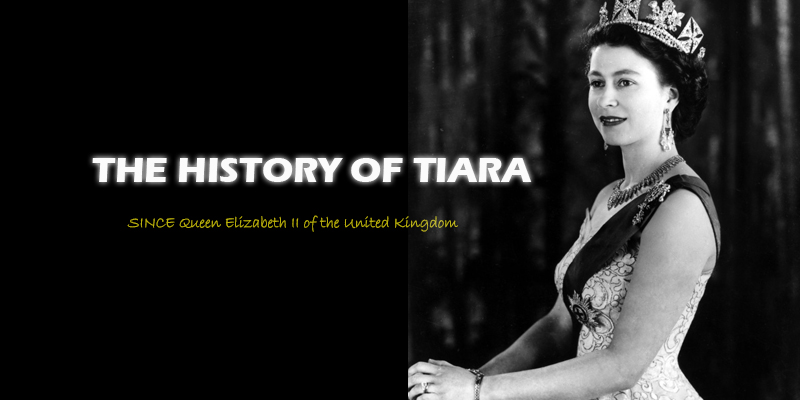
The word tiara comes from ancient Greece and Old Persia and is a form of a crown. Customarily the word "tiara" has always referred to a tall crown that is often in the shape of a cylinder that gets narrower at the top. It was traditionally made of fabric or leather and is ornately decorated.
Historically, tiaras were first worn by the kings and emperors of the ancient citizens in Mesopotamia. The Assyrians used a pair of bullhorns to decorate their tiaras and they stood as a sign of authority. The Assyrians also decorated their tiaras with a circle of short feathers at the tiara's top.
The Persian tiara, on the other hand, was similar to a truncated cone in that it narrowed towards the top. It differed from the Assyrian tiara because it was not decorated with horns and feathers, but rather with jewels and had a conic shaped top.
Modern tiaras are typically a semi-circle or circle band and are generally made of metal and decorated with jewels. Their wearing is no longer exclusive to royalty and are now also worn by the public as forms of decoration.
They are very popular headpieces with brides and are typically worn by others around the head or on the forehead as a circlet during very formal occasions as well as as lavish parties. They are also standard fare in beauty pageants, where the winner is "crowned".
The very largest collection of tiaras and crowns is said to belong to Queen Elizabeth II of the United Kingdom. She wears them at the opening of parliament and at other state occasions. She is known to have a tiara or crown collection is said to be priceless. Queen Elizabeth II inherited many her head pieces from Queen Alexandra and she obtained others as gifts from foreign dignitaries.
Many of the Queen's tiaras are custom made with sparkling jewels and precious metals. One of her most expensive crowns is decorated with diamonds and aquamarines and set in gold. It was a gift from the people of Brazil.
It used to be that when kings or queens were overthrown, some of them would lose their heads in the process. However, the head pieces tjat they wore were not destroyed, but passed on to their successor. Although kings and queens of countries are gradually disappearing from the world scene, there will always be plenty of brides as well as kings and queens of beauty and other pageants to wear a tiara or crown.